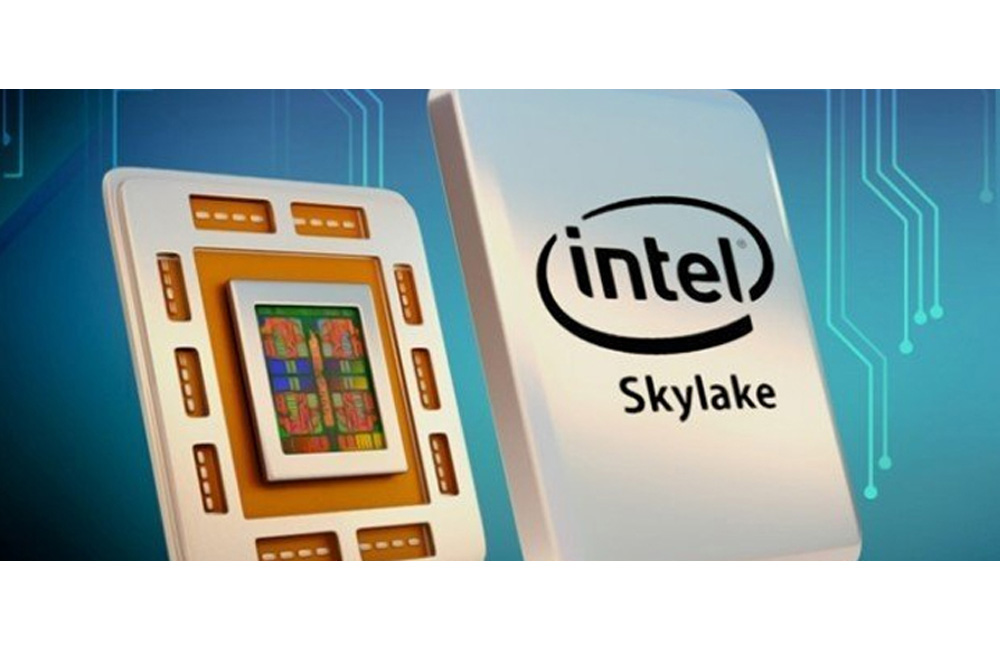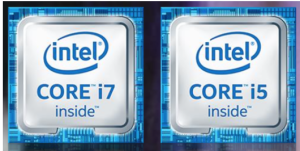
It is not a question of if, but rather when, your industrial or embedded computing solution will leverage Intel’s sixth generation core technology in order to stay relevant.
Whenever Intel (or any chip maker) introduces a new generation of products the vendor naturally lists all the improvements in performance, features, feature density, and power consumption as reasons to upgrade. But what was particularly noteworthy about Intel’s August introduction of Skylake was that Intel deliberately drew those comparisons against Westmere chips from 2010, not Haswell CPUs you might have bought last year. The fact is that there are a billion five-year-old PCs in use today. One reason: many embedded/industrial applications specify a PC built only with an approved list of components. For companies to go through the hassle and expense of a solution redesign and approval, product improvements can’t just be incremental.
That is the case Intel is making now. For example, the Skylake-based CPU for mobile (Core i5-6200U) is 2.5 times faster than the five-year-old Westmere Core i5-520UM, with 30 times better graphics performance. Desktop CPUs are 60% faster with 11 times better graphics performance than their five-year-old counterparts. Skylake also uses up to 60 percent less power than earlier CPUs and provides much more bandwidth for PCIe storage devices with up to 20 PCIe gen-3 lanes, each running at 8 GT/sec.

A Redesign Is In Your Future
Intel is making this case because if you want to use Skylake then a redesign is virtually mandatory. Skylake chips use a new LGA 1151 socket and require DDR4 memory for most applications. (DDR3 memory modules are only supported in low-voltage DDR3L modules.) The upshot: You’ll probably need a new hard drive, graphics care, memory modules, and motherboard to use Skylake.
Intel is betting Skylake’s improvements versus five-year-old CPUs are big enough to warrant a solution redesign — because you can’t get improvement like this unless you do redesign. Furthermore, at some point, every user, no matter how new their technology, will want performance and features at least this good — making now a good time to find out how Skylake can improve any solution.
Skylake shows that to have real impact, improvements can’t just be about putting new parts into old solutions. If designers are going to be successful, updates can’t just follow the curve. They must move the curve or, better yet, draw a new curve.
